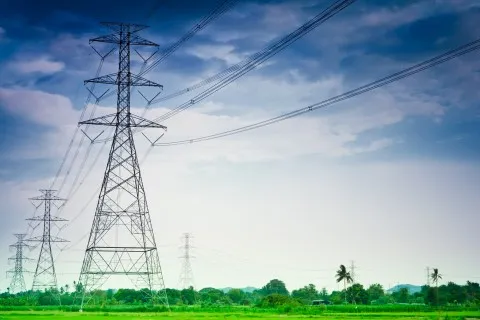
Indian IPPs predicted to bear the brunt of rail freight hike
The hike will take effect in April.
As part of its FY2015-16 Railway Budget presented to the Parliament today, the Government of India (GoI) has proposed a reclassification of select commodities for the purpose assessing the freight rates to be levied by the Indian Railways. Upon reclassification, to be effective from 1 April 2015, the applicable freight rate for coal indicates a hike of 6.3% from current levels.
According to a research note from Nomura, however, the memorandum explaining the proposed adjustment in freight rates does not provide the distance-wise variation of applicable rates, if any.
It also does not provide clarity whether the proposed freight rate factors in the biannually reset Fuel Adjustment Component (FAC), which was introduced in the FY2013-14 Railway Budget to insulate finances of Indian Railways from significant variation in diesel prices.
The report noted that expected negative implications for IPPs as cost of power nudges up. Nomura said that assuming the FAC reset is already built into the revised freight rates, the transportation cost per ton coal would typically range between INR1.33- 1.5/km vs. INR1.25-1.4/km currently.
Here's more from Nomura:
As the bulk of coal procured by IPPs is transported via Indian Railways (~55% of coal from Coal India (COAL IN, Buy) is evacuated by Indian Railways), a hike in freight charges raises the cost of producing electricity, in turn upping the wholesale cost of power for Discoms. If Discoms do not have a fuel-adjustment cost reset built into tariffs, it would increase the pressure to hike retail tariffs, lest their financials deteriorate further.
Projects which have captive coal and/or secure coal delivery via their own rail network (merry-go-round) are insulated from this move. Among the remaining coal-fired IPPs (ie, which use Indian Railways to get delivery of coal), PPAs of projects which have a fuel cost pass-through (regulated return PPAs + bid-based projects where transportation cost is an escalable item) are relatively better placed, in our view.
As the magnitude of the hike in landed cost of coal for a project depends on the base price of coal (ex-mine + royalty/taxes or ex-port) and transport distance, the effective hike in landed cost of domestic coal will range between 1.0% to 4.5%.
As per our calculations, the higher cost of landed coal will typically raise the energy (variable) cost of generation for IPPs by INR0.02-INR0.05/kWh depending on the transport distance.
In turn, depending on the fixed cost structure of the project (fully depreciated / debt free vs. new project), the overall cost of generation could rise by 1.0% to 2.3%. We think the cost of generation of projects located in North India (Punjab, Haryana and Western UP) and domestic coal fired stations in South India could see the highest rise.



















 Advertise
Advertise







